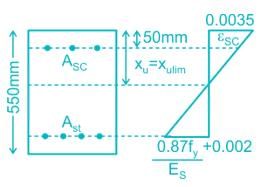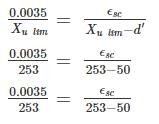Test: RCC Design- 1 - Civil Engineering (CE) MCQ
10 Questions MCQ Test - Test: RCC Design- 1
Consider the Exposure condition as "Concrete surfaces protected against weather or aggressive conditions, except those situated in coastal areas".
As per IS 456:2000, The above exposure condition will correspond to:
As per IS 456:2000, the diagonal tension failure in RCC beams depends upon:
| 1 Crore+ students have signed up on EduRev. Have you? Download the App |
Beam sections designed in accordance with LSM as compared to sections designed in accordance with WSM will have
Minimum shear reinforcement in beams is provided in the form of stirrups
Consider the following statements and Identify the correct option with regard to provisions of IS 456: 2000:
P. The minimum stripping time for props to slab spanning over 4.5 m is 7 days
Q. The minimum stripping time for props to arches spanning over 6 m is 14 days.
R. To ensure the strength of Designed concrete mix, Random sampling procedure is adopted
S. When a bar of two different diameters is to be spliced, the lap length shall be calculated on the basis of the bar of the larger diameter.
If after 28 days of the casting of RC beam, the creep strain is 60% more than that of Elastic strain Percentage decrease in modulus of elasticity according to IS 456 : 2000 is
A rectangular beam of width b = 250 mm, effective depth d = 350 mm is reinforced in tension with mild steel of grade Fe250, Ast = 1800 mm2. The grade of concrete used is M30. The ultimate moment of resistance of the beam is ________
An isolated T-beam used as the walking – way is shown in the figure. The clear span is 5m and fixed at both the ends. Calculated the effective flange width of the T-beam
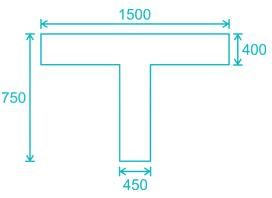
A doubly reinforced concrete beam with an effective cover of 50 mm to center of both tension and compression reinforcement with an effective depth of 550 mm. If the maximum permissible stress in the outermost fibres in both steel and concrete reaches at the same time, what will be the maximum strain in concrete at the level of compression reinforcement satisfying codal provisions of IS 456:2000 according to limit state method.
Take Fe 500 grade of steel for both tension and compression reinforcement and M 20 grade of concrete.
A simply supported beam of 300 mm wide and 500 mm deep is loaded as the shear force at support is 140 KN and throughout the beam, the SF does not exceed 70 KN. One out of six bars of 22 mm dia, Fe 415 grade is bent up at 45˚ near the support to resist the shear. Analyze the beam and choose the correct statement: -
M20 grade concrete is used with τc = 0.48Mpa



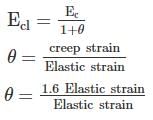

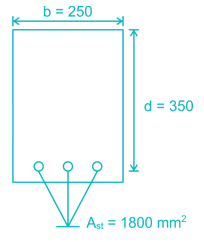


 + 450 = 1002.63mm
+ 450 = 1002.63mm